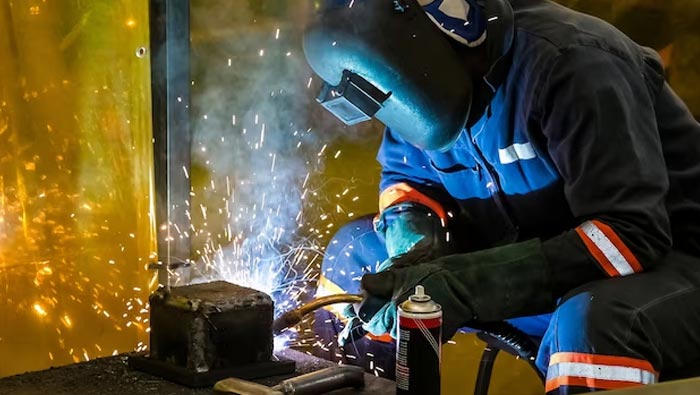
AC/DC TIG Welders: A Versatile Tool for Precision Welding
AC/DC TIG welders are prized for their precision and versatility, allowing for clean, high-quality welds on a wide range of materials. This type of welder offers both alternating current (AC) and direct current (DC) capabilities, making it suitable for a variety of applications.
Understanding AC and DC Welding
AC Welding: Primarily used for welding aluminum and magnesium, AC welding takes advantage of the cleaning action of the alternating current to remove oxide from the base metal, ensuring a sound weld.
DC Welding: Ideal for welding steel and other ferrous metals, DC welding provides a stable arc and deep penetration. It can also be used for welding non-ferrous metals like copper and nickel, but with limitations compared to AC.
Benefits of AC/DC TIG Welding
Versatility: The ability to switch between AC and DC modes expands the welder’s capabilities, allowing for work on a wider range of materials.
Precision: TIG welding in general is known for its precision, offering fine control over the welding process. AC/DC TIG welders take this precision to the next level.
Quality: TIG welds are characterized by their clean, smooth appearance and high strength. AC/DC TIG welders produce consistently high-quality welds.
Portability: Many AC/DC TIG welders are designed with portability in mind, making them suitable for both shop and field work.
Applications of AC/DC TIG Welding
AC/DC TIG welding is used in a variety of industries, including:
Automotive: Repairing and fabricating custom parts.
Aerospace: Welding lightweight and high-strength components.
Marine: Building and repairing boats and marine equipment.
Manufacturing: Producing a wide range of products with precise welding requirements.
Art and Fabrication: Creating custom metalwork and sculptures.
Key Considerations When Choosing an AC/DC TIG Welder
Amperage: The welder’s amperage rating determines the thickness of the material it can weld.
Duty Cycle: This indicates how long the welder can operate at full power before needing to cool down.
Frequency: The frequency of the AC output affects the cleaning action on aluminum.
Pulse Function: Some models offer a pulse function for added control and precision.
Portability: Consider the welder’s weight and size if you need to move it frequently.
Safety First
TIG welding involves high temperatures and potentially harmful fumes. Always wear appropriate personal protective equipment (PPE), including a welding helmet, gloves, and long-sleeved clothing. Ensure proper ventilation in your workspace to remove fumes.
An AC DC TIG welder is an invaluable tool for professionals and hobbyists alike. By understanding the capabilities of these machines and following safety guidelines, you can achieve exceptional welding results.



